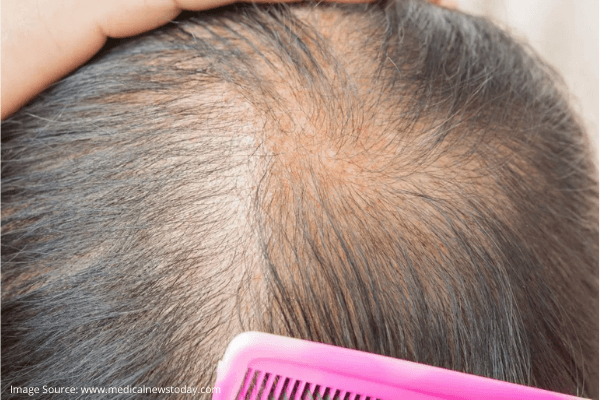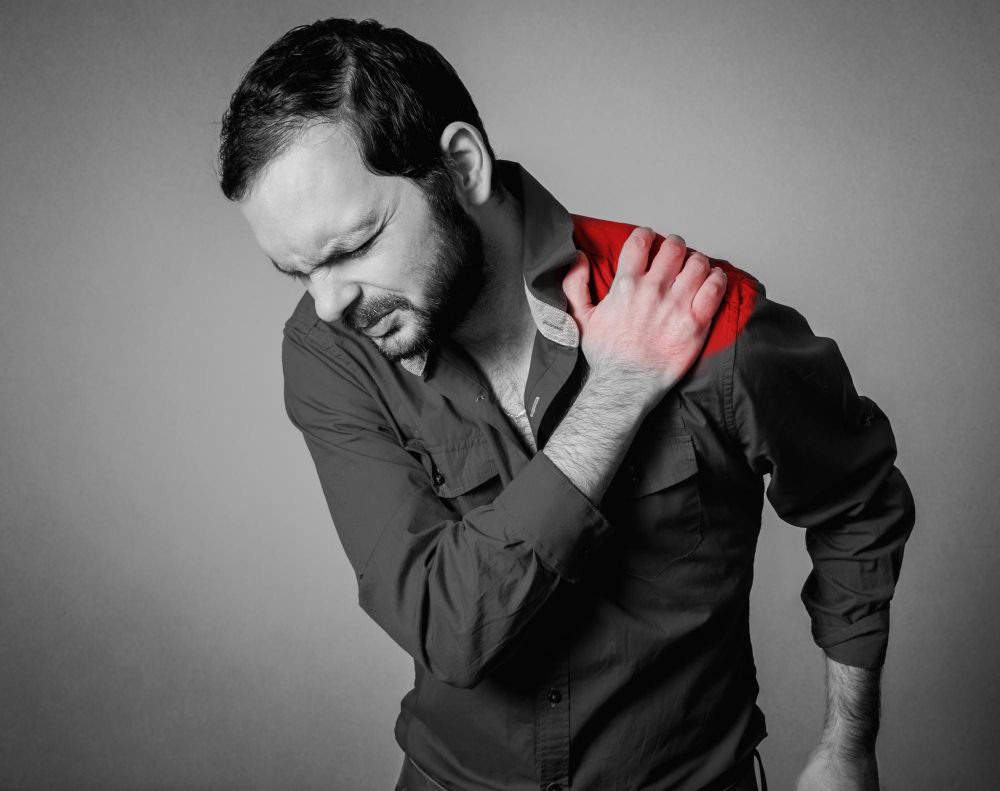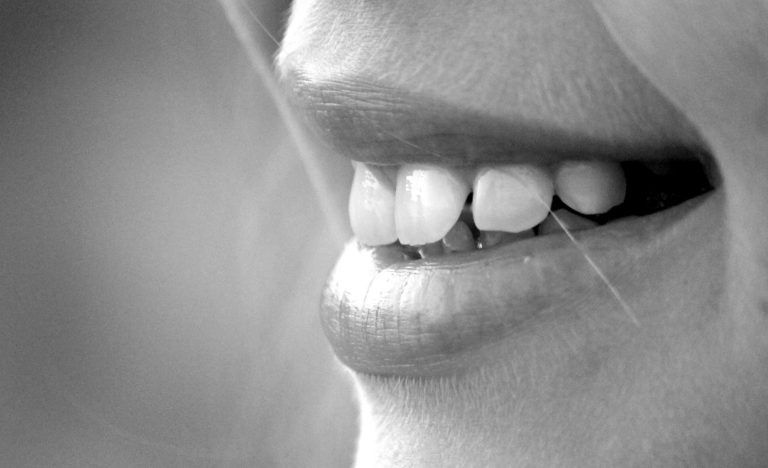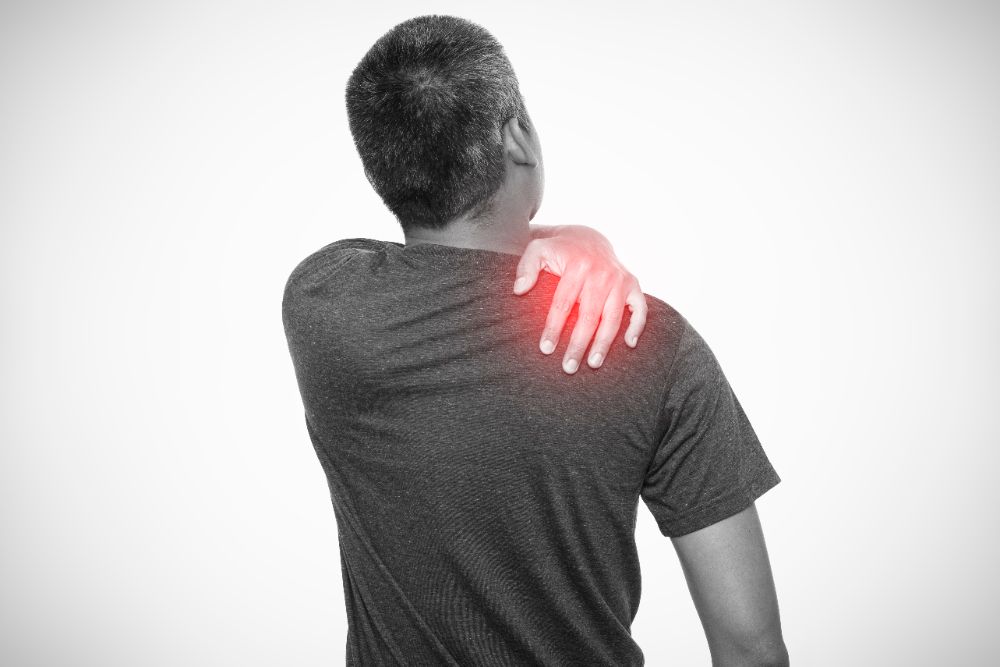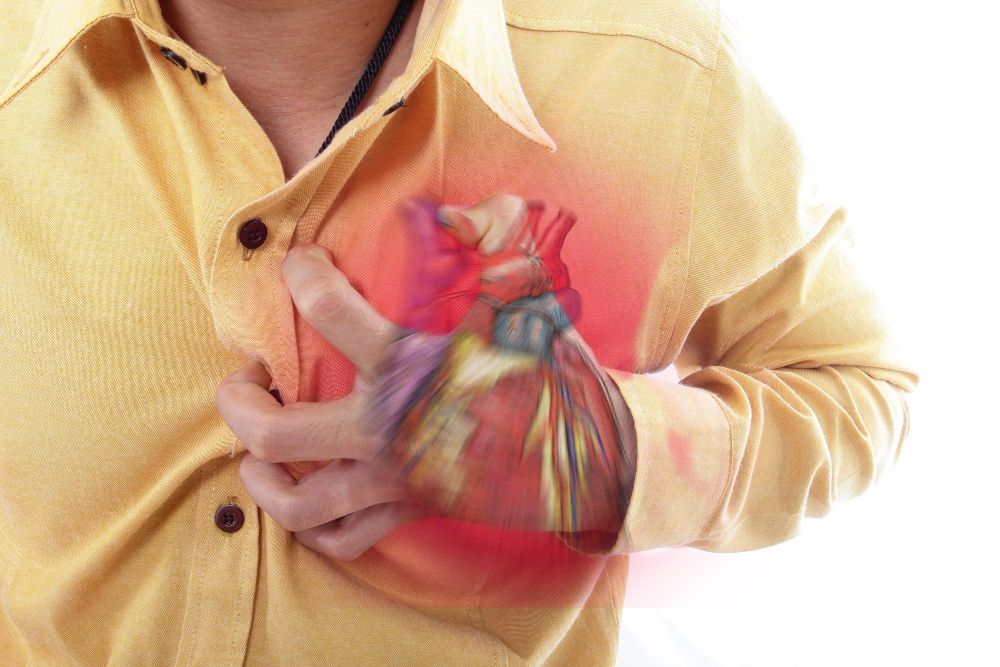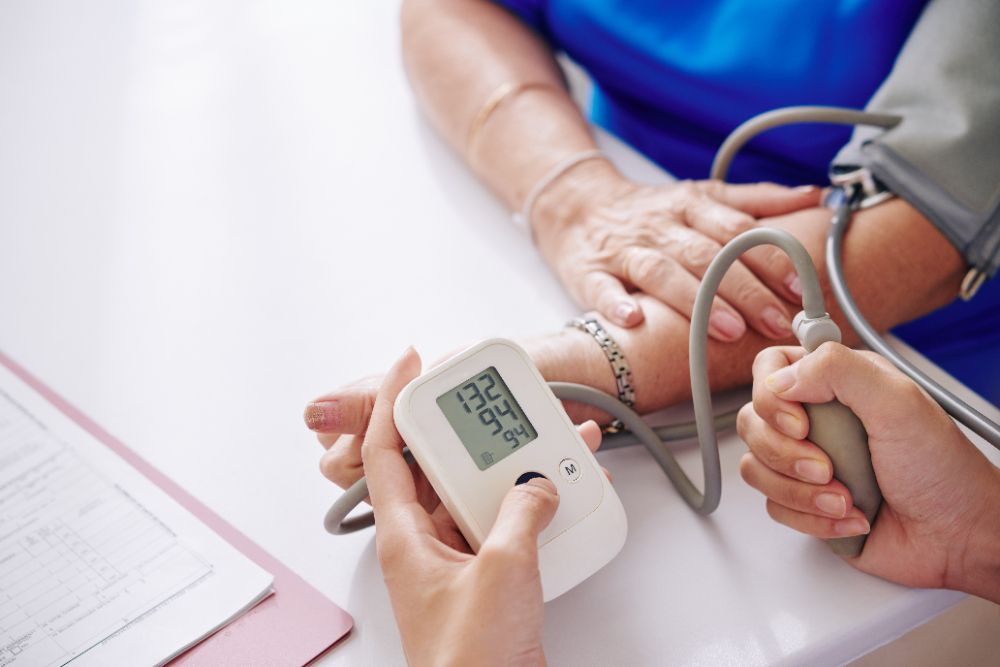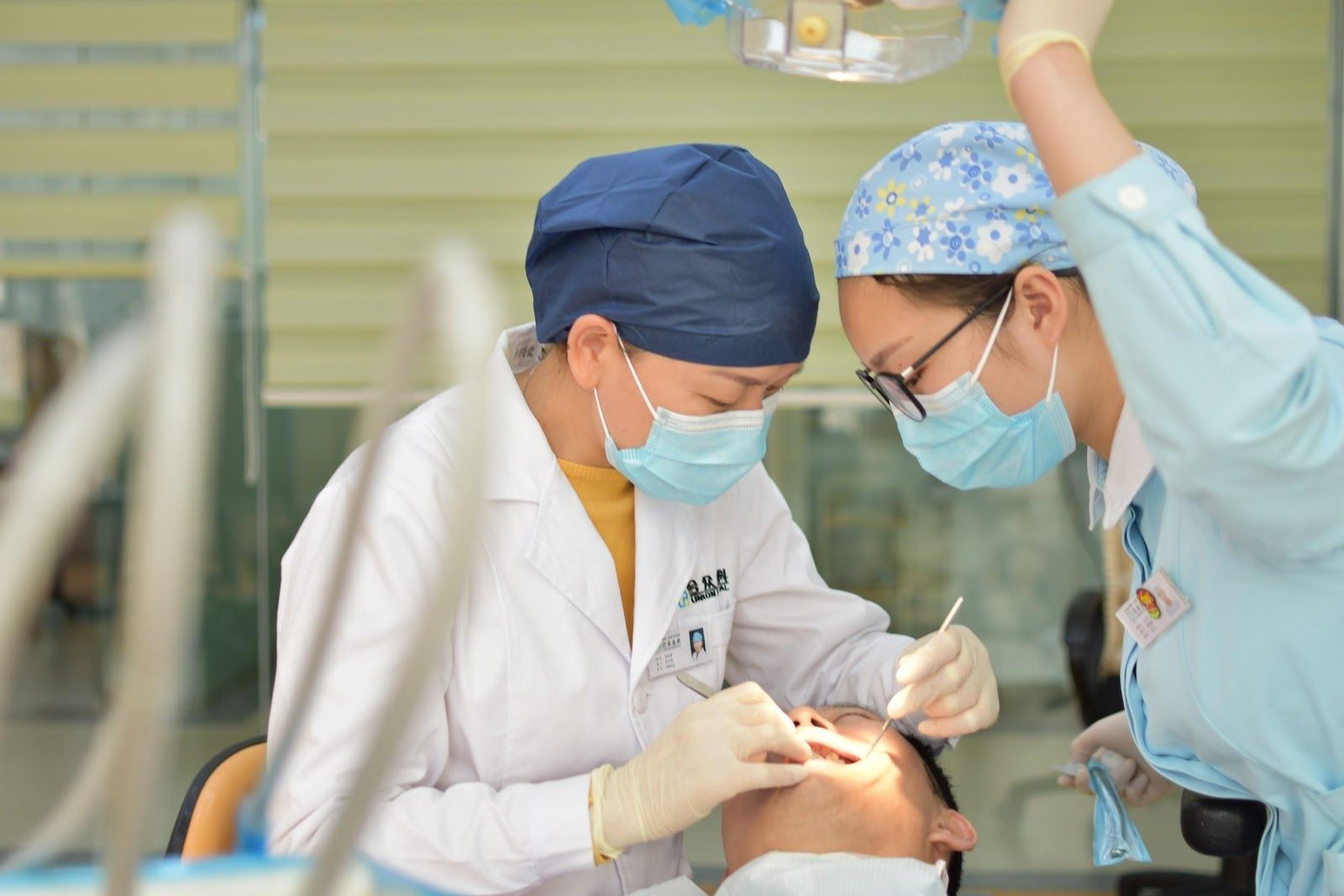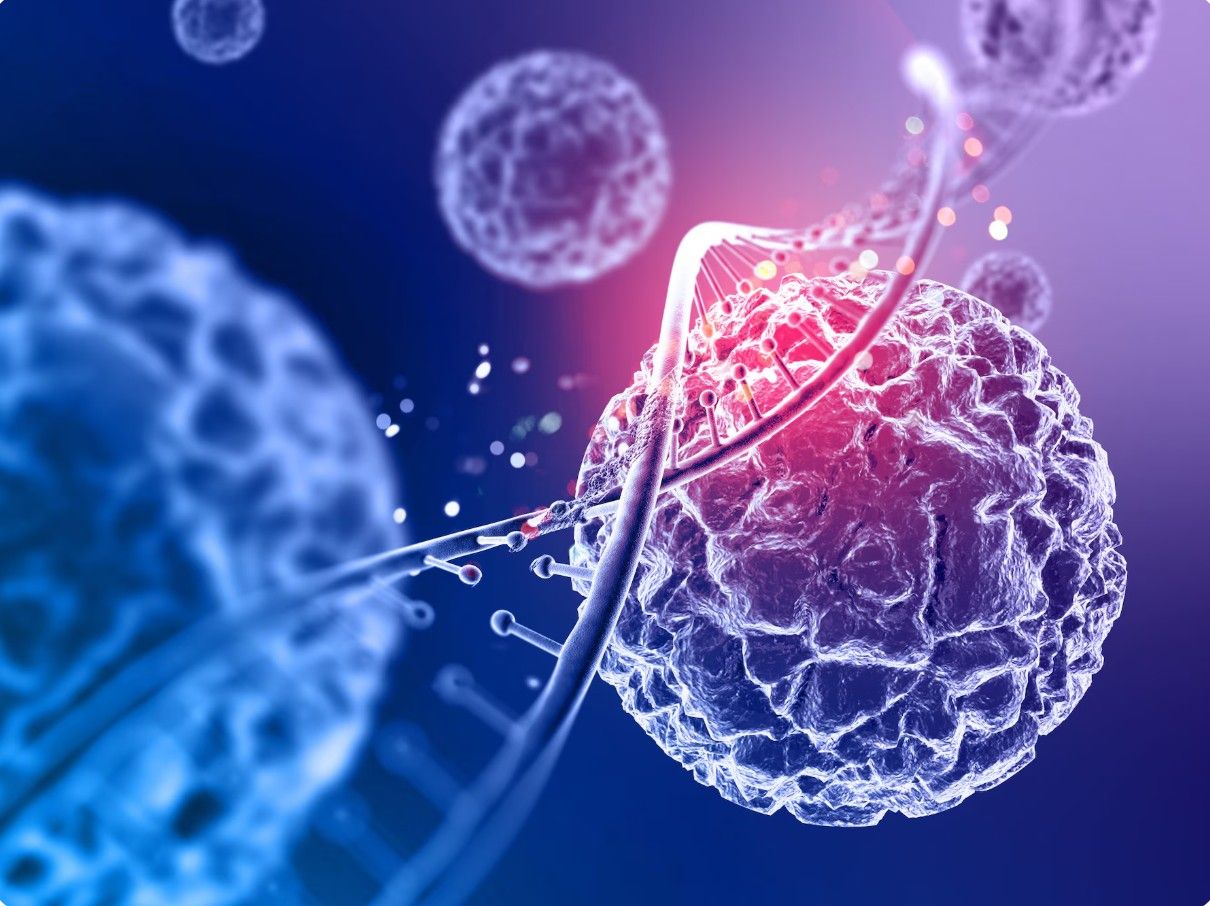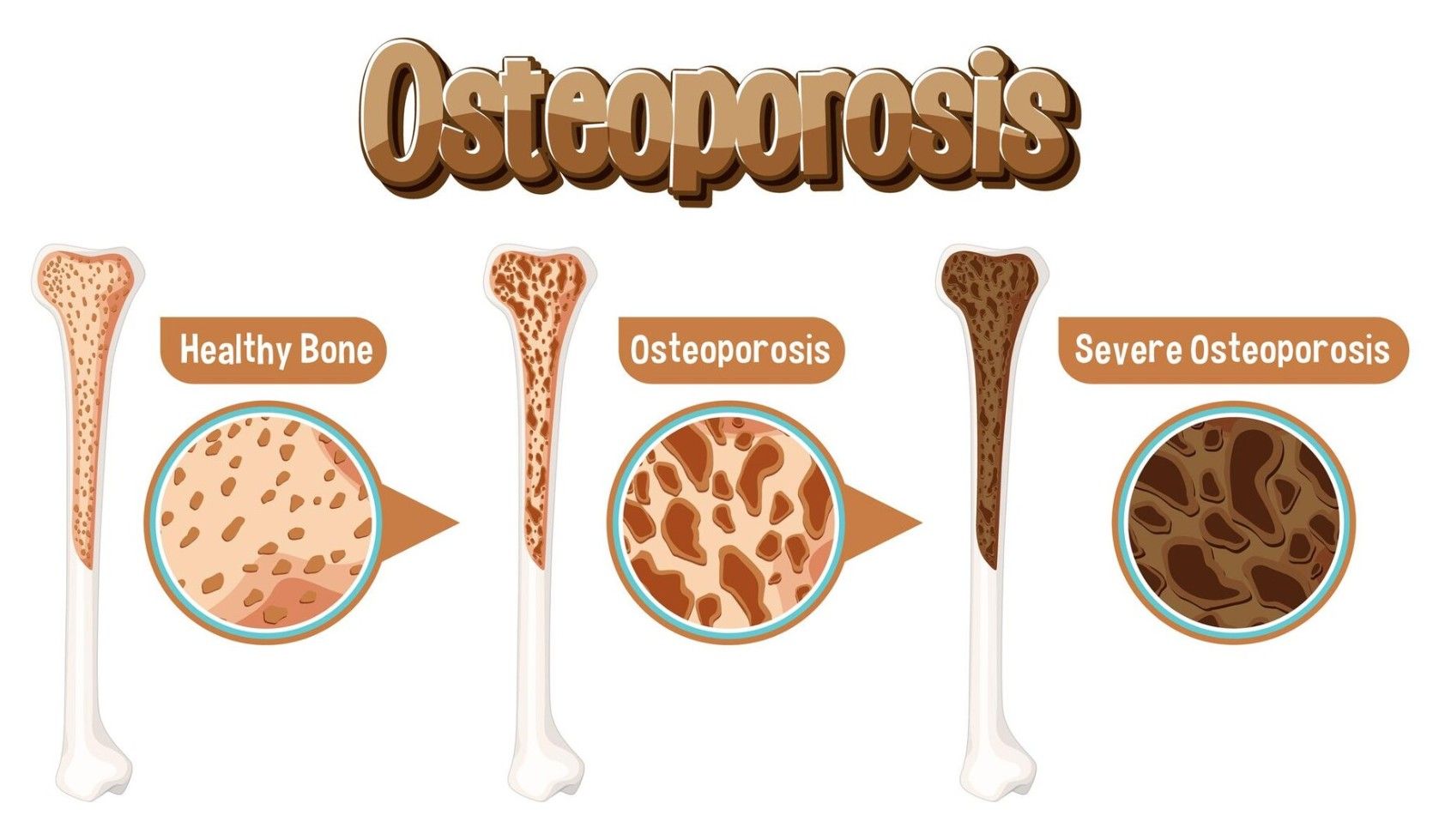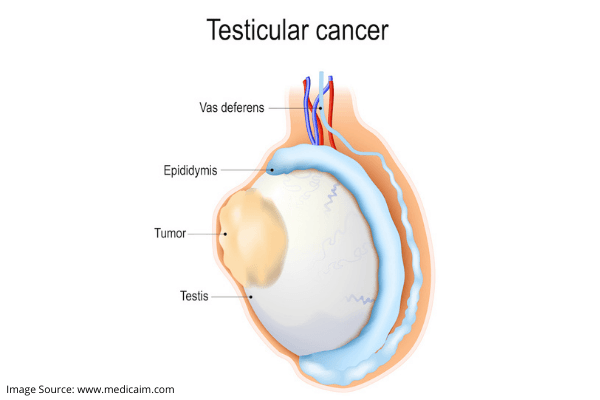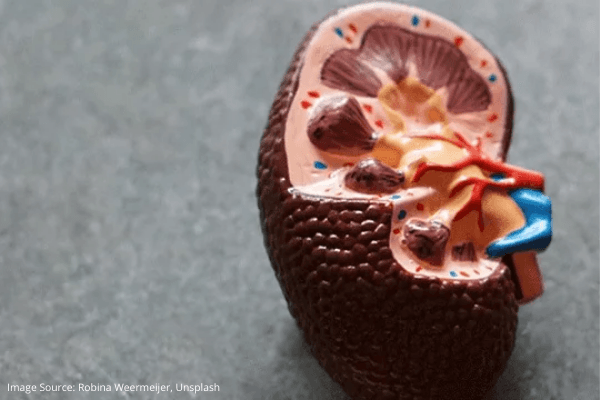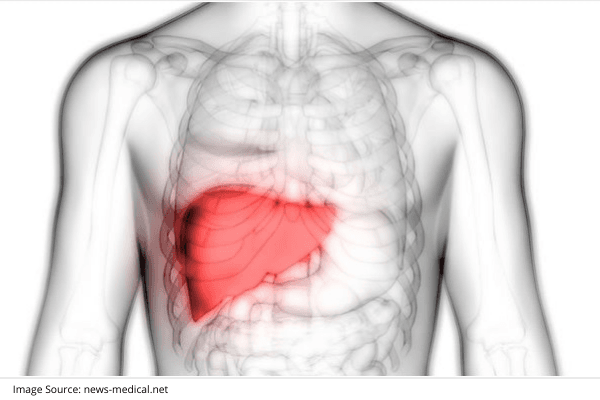Managing Hair Loss with Hair Transplant
Hair is, no doubt, our crowning glory. It goes without saying that a groomed head of hair can make a difference to our appearance. However, not all of us are blessed with healthy hair. Hair loss is a common, and growing, concern among men and women. It can be a cause of distress among many.
On a normal day, the average adult can lose between 50-100 strands. However, if you notice drastic thinning or patches of hair falling off, you might be suffering from a more pronounced hair loss condition. Hair loss is attributed to a number of reasons. Diet, stress, illness, medication, certain medical conditions, pregnancy or childbirth, etc. are the more common causes of hair loss. And in most of these cases, hair loss is easily treatable or can be arrested.
Genetics is a major cause, for permanent hair loss or baldness. There are medications that are used to treat permanent hair loss, are to an extent effective. Hair growth may not be experienced by many, but in most cases, hair fall can be reduced. However, results may not be maintained upon stopping the medication.
Hair transplantation
Hair loss can also be managed by procedures such a hair transplantation. Such hair replacement procedures can be chosen based on the type of hair loss experience by the patient and by their requirement. Hair transplantation are of various types — micro grafting, slit grafting, punch grafting.
Hair transplantation is usually recommended for:
- Men experiencing male-pattern baldness
- Women experiencing female-pattern baldness
- People who have lost hair due to burns or wounds to their scalp.
Hair transplantation is a minimally invasive surgical procedure. It involves transplanting hair follicles from a ‘donor site’ to a ‘recipient site’ on the individual. We have two types of hair follicles or roots. Sensitive or temporary roots at the top and front of the head are more susceptible to hair loss; non-sensitive or permanent roots at the sides and back of the head are more resistant. Since hair follicles at the back of the head are not susceptible to balding, grafts are taken from this region, also called the occipital scalp.
Hair transplant procedures are of 2 types: Follicular Unit Strip Surgery (FUSS) and Follicular Unit Extraction (FUE). With FUSS, a strip of scalp with follicles will be used. With FUE, hair follicles are removed one by one, to be used at the recipient site. Your doctor will recommend what works for you.
How it works?
Hair grafts from the donor site are ‘planted’ onto the area that has been targeted as recipient site. In 2-3 weeks, the transplanted hair will fall out and new hair will begin to develop. In a few months, new hair growth can be noticed. It can take around 6-9 months. Scalp hair naturally grows in follicular units. So, when new hair is seen it will blend with the surrounding follicular units and give the transplanted patch a natural look and a subtle thickening in the presence of hair in that area.
Scalp reduction, another surgical procedure used in hair loss management, may sometimes be used singularly or in combination with hair transplantation. It can reduce the area of bald patches. By this procedure, a patch of bald scalp is removed and scalp with hair is stretched to cover the removed area.
What to expect after transplantation?
After the transplantation, the scalp will be covered in gauze and/or bandage. Stitches will be put in where necessary and will be taken out in around 10 days. Medications, including antibiotics might be prescribed. Side effects such as swelling, bruising, lack of sensation at the donor and recipient sites, etc. can be expected for a few weeks after the procedure. Several sessions may be required to achieve the desired effect. A duration of 2-4 four months may be suggested as a period for recuperation and recovery.
Consult with your doctor
Meet with your doctor to discuss your hair loss management needs. You doctor can recommend the best course of treatment for you, as treatment can depend on hair loss type, quality and type of hair and your general health.
Ten Effective Remedies That You Can Refer to When You Are Suffering from Muscle Cramps
Finally starting off with the gym life can get too overwhelming until you hit those muscle cramps along with the weights.
Skin Tags - Benign Tumor or Cancerous Tumor?
Skin tag if observed is a narrow stalk that hangs about your skin, bulging at the end. They are usually freshly colored and can grow anywhere on your body.
Rotator Cuff Tear
A rotator cuff tear is a rotator cuff injury that can cause shoulder pain and loss of arm function. The rotator cuff is a set of muscles and tendons in your shoulder.
Importance of Parental Counselling
Right from the moment you tell your friends and family about your pregnancy, little hints keep coming your way on parenting your unborn child!
Taking Care of a Terminal Patient? Here Are Six Ways to Help Them to the Fullest
A terminally ill patient is someone who has a relatively short life expectancy. Terminally ill people are usually shifted from an actively curative medicinal regime
Stages of Tooth Decay and Their Treatment Options
Tooth decay refers to the degradation process of the structure of the tooth resulting in permanent damage.
12 Home Remedies for Dry Cough
The flu, common cold, asthma, cigarette smoke exposure, and other conditions can all cause a dry cough. Home remedies such as honey, peppermint, and air purifiers may be beneficial.
Shoulder Dislocation
Shoulder dislocation occurs when the bones of your shoulder joint are pushed or forced out of their normal positions.
5 Facts to Keep in Mind for Your Monthly Menstruation Cycle
Our menstruation indicates multiple activities within your body. Every month, your uterus forms a thicker lining for the ovary to release an egg for a possible pregnancy.
Different Types of Diabetes
Junk food and increasing physical activity are leading to a worldwide epidemic of obesity, resulting in diseases like diabetes
Dilated Cardiomyopathy
Dilated cardiomyopathy is a form of heart muscle illness in which the heart chambers (ventricles) weaken and stretch, becoming bigger.
Hypertension (High Blood Pressure)
High blood pressure, also known as hypertension, is a condition in which the blood flow against the inner walls of the arteries is persistently high.
3 Cosmetic Dentistry Procedures You Did Not Know About
Over the past few years, cosmetic dentistry has undergone significant evolution in society. With the increasing demand for cosmetic dentistry, it is no longer a luxury; it has become a necessity.
5 Lifestyle Changes That Will Help with Your Urinary Incontinence
Urinary Incontinence is quite a painful and embarrassing condition to have. It refers to the loss of bladder control, which can vary from a slight release of urine after sneezing, coughing, or laughing, to a complete inability to control urination.
5 Tips This Summer to Avoid Heatstroke
Certain jobs demand fieldwork in the scorching heat. The warm weather, bright sun, and the blue skies are not always an excellent working environment for them at all.
6 Home Remedies for Yeast and Vaginal Infections
Yeast infection is common among women. You might have had the experience of irritating soreness and itching that prolonged for days due to not knowing about the cause.
Aortic Dissection
An aortic dissection is a tear in the aorta. This is the primary artery that transports oxygen-rich blood from your heart to the rest of your body.
Bariatric Surgery and Weight Loss
Bariatric surgery, also known as weight loss surgery, is performed on individuals suffering from obesity. It involves a variety of procedures that help maintain long-term weight loss and also aid in treating obesity.
Best Foods to Cleanse Your Liver
Your liver is one of the largest organs in your body and its primary function is to filter the system by converting toxins to waste products, cleansing your blood and process various nutrients.
Infertility and its Major Causes and Treatments
Infertility is an issue that’s on the rise – not just in India but all over the world. It’s estimated that, on average, one out of every six couples has had issues with infertility.
Precautions to be Taken to Avoid Eosinophilia
Let’s begin with talking about eosinophils – they are just a type of white blood cells that are laden with reactive chemicals which get released under specific conditions to cause mayhem in the body
What is BMD Assessment and its Significance in Treating Osteoporosis
Osteoporosis is that creepy monster lurking in the dark, waiting to manifest itself as you age and get less active.
Signs of Testicular Cancer
Men have a pair of testicles located in a sac-like pouch called the scrotum. It forms part of their reproductive system and are responsible for sperm production.
Signs and Symptoms of Kidney Stone
Your kidneys are very important organs in the body; they regulate water content, filter waste from blood, and produce hormones.
Treatment For Liver Failure
Treatment for liver failure depends largely on the causative agent; for example of it’s due to hepatitis virus infection, then hydration and supportive care needs to be provided while the body’s immune system fights back. If it’s due to gallstones,
Related Blogs
Ten Effective Remedies That You Can Refer to When You Are Suffering from Muscle Cramps
Finally starting off with the gym life can get too overwhelming until you hit those muscle cramps along with the weights.
Skin Tags - Benign Tumor or Cancerous Tumor?
Skin tag if observed is a narrow stalk that hangs about your skin, bulging at the end. They are usually freshly colored and can grow anywhere on your body.


